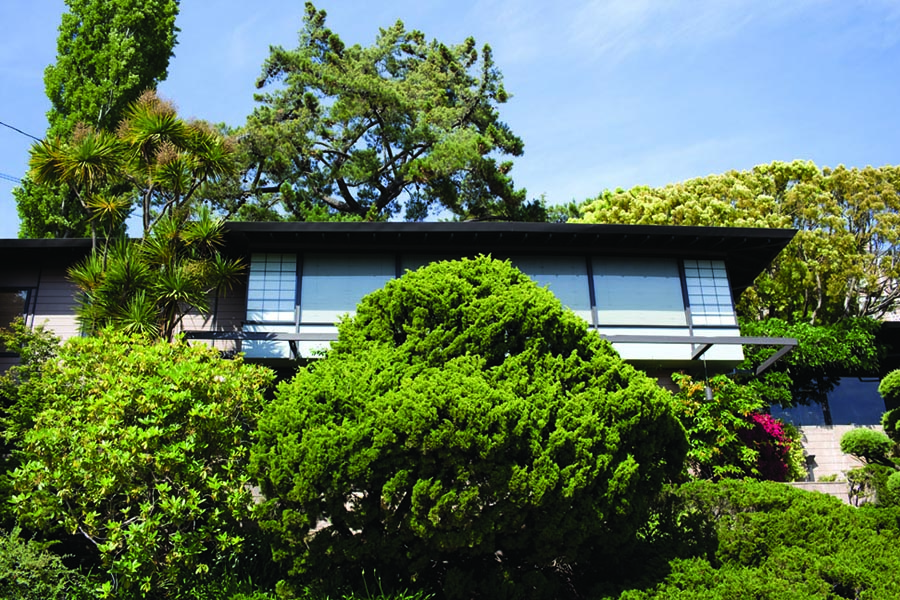
Executive Summary:
- Competition has increased again in Bay Area housing markets this summer, with 6 in 10 homes selling over the asking price.
- In Alameda and San Mateo counties, 8 in 10 homes are selling over the asking price, generally speaking.
- According to Pacific Union data, sellers in Alameda and Santa Clara counties received on average four offers per listing, while San Francisco and Contra Costa county sellers received an average of three offers. Other counties averaged two offers per home.
- Homes priced below $2 million received three offers on average, while those priced above $3 million received two offers.
- Staging a home helps increase buyer demand and brings at least one more offer than homes that are not staged.
Pacific Union’s recent second-quarter real estate reports showed that Bay Area housing markets are sizzling again, and buyers are facing tough competition. Overall in the Bay Area, 6 in 10 homes sold over the asking price in the second quarter, while in Alameda and San Mateo counties, almost 8 in 10 homes sold over the asking price. Naturally, some price ranges were in greater demand than others. For example, in the East Bay, competition increased for homes priced up to $2 million but cooled off for higher-priced homes.
Figure 1 illustrates the share of homes that sold over the asking price in the East Bay in June and the average premium obtained. Click here to see how bidding wars played out in other Bay Area regions.
Figure 1: Market competition in Pacific Union’s East Bay region

Knowing that Bay Area housing markets are competitive and that many buyers are making offers on a limited inventory of homes, we wondered how many offers are generally made on a home. To better understand market conditions, Pacific Union collects compelling transactional data. According to nearly 3,800 transactions in which Pacific Union professionals participated, Alameda and Santa Clara counties saw the highest average number of offers per listing in the first five months of 2017 — four. Figure 2 summarizes the average number of offers in each county and by price range. San Francisco and Contra Costa counties averaged three offers per listing. When looking at price ranges, lower price ranges remain in the most demand and generally received three offers, while listings priced above $2 million averaged two offers.
Nevertheless, Santa Clara County again stands out, with homes priced at $3 million and higher receiving six offers on average. About 4 percent of homes sold in 2017 in Santa Clara County were priced higher than $3 million.
Another highly competitive market segment are homes priced between $1 million and $2 million in Alameda County, where there were five offers on average per listing. Twenty-three percent of homes in Alameda County sold in that price range this year, which is an increase from 18 percent seen during the same period last year. Rapid price appreciation in some popular Alameda communities, along with continually declining inventory of lower-priced homes, is driving this increased demand.
Figure 2: Average number of offers in Bay Area counties by price range

Source: Pacific Union transaction questionnaire. Results based on 3,736 responses collected between Jan. 1, 2016 and May 31, 2017. Updated July 19, 2017.
Furthermore, as our recent analysis of the impact of staging on the time on market showed, homes that are staged sell quicker than those that are not. Similarly, Pacific Union data shows that staged homes also received more offers than those that were not. On average, staged homes received one more offer than those that were not. However, staging made the largest difference in Alameda County, where staged homes received five offers versus the average of three offers received for nonstaged homes. Figure 3 summarizes that average number of offers received for homes that were staged and those that were not. Across all Bay Area communities, data suggests that staging helps draw in buyers and boost competition.
Figure 3: Average number of offers on staged and nonstaged properties

Source: Pacific Union transaction questionnaire. Results based on 3,736 responses collected between Jan. 1, 2016 and May 31, 2017. Updated July 19, 2017.
Selma Hepp is Pacific Union’s Chief Economist and Vice President of Business Intelligence. Her previous positions include Chief Economist at Trulia, senior economist for the California Association of Realtors, and economist and manager of public policy and homeownership at the National Association of Realtors. She holds a Master of Arts in Economics from the State University of New York (SUNY), Buffalo, and a Ph.D. in Urban and Regional Planning and Design from the University of Maryland.

